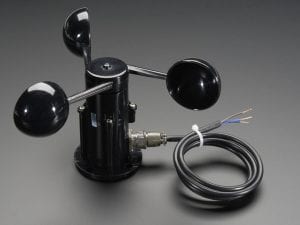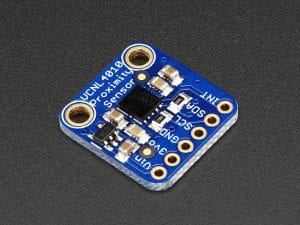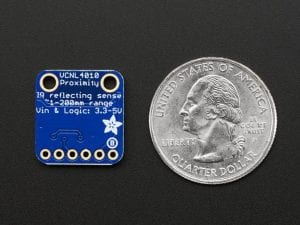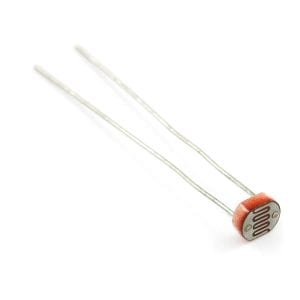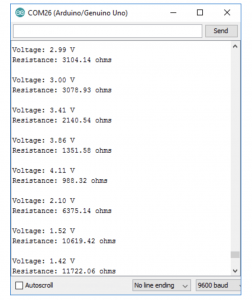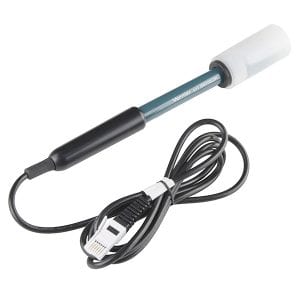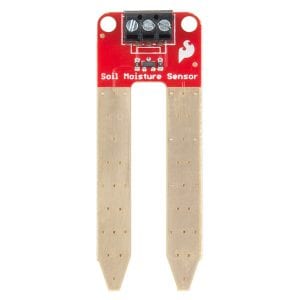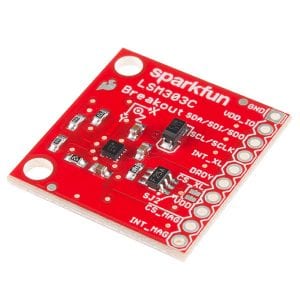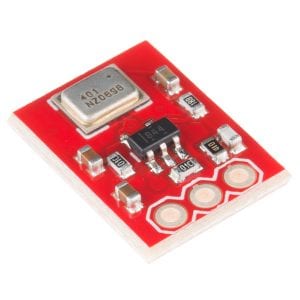Technical description:
Whether you’re an agriculturalist, a professional meteorologist or a weather hobbyist, building your own weather station can be a really rewarding project. When you’re measuring weather, however, you need some pretty specialized sensors. This kit represents the three core components of weather measurement: wind speed, wind direction, and rainfall. The wind speed meter encodes the wind speed by simply closing a switch which each rotation. The wind vane reports wind direction as a voltage which is produced by the combination of resistors inside the sensor. The vane’s magnet may close two switches at once, allowing up to 16 different positions to be indicated.
Limitations:
None of the sensors in this kit contain active electronics, instead, they use sealed magnetic reed switches and magnets so sourcing a voltage to take any measurements is needed.
High cost — there is a cheaper alternative on Adafruit.
Skill:
Core Skill: Electrical Prototyping
Skill Level: Noob
Sample Sensor:
weather meters
https://www.sparkfun.com/products/8942
Sample Exercise and basic codes:
Assembly guide:
https://learn.sparkfun.com/tutorials/weather-meter-hookup-guide?_ga=2.188083949.434451597.1551129096-109088928.1551129095&_gac=1.242428342.1551146477.EAIaIQobChMIuJ2b26bY4AIVwVmGCh3qzgD4EAAYASAAEgI5ZfD_BwE#hardware-assembly

